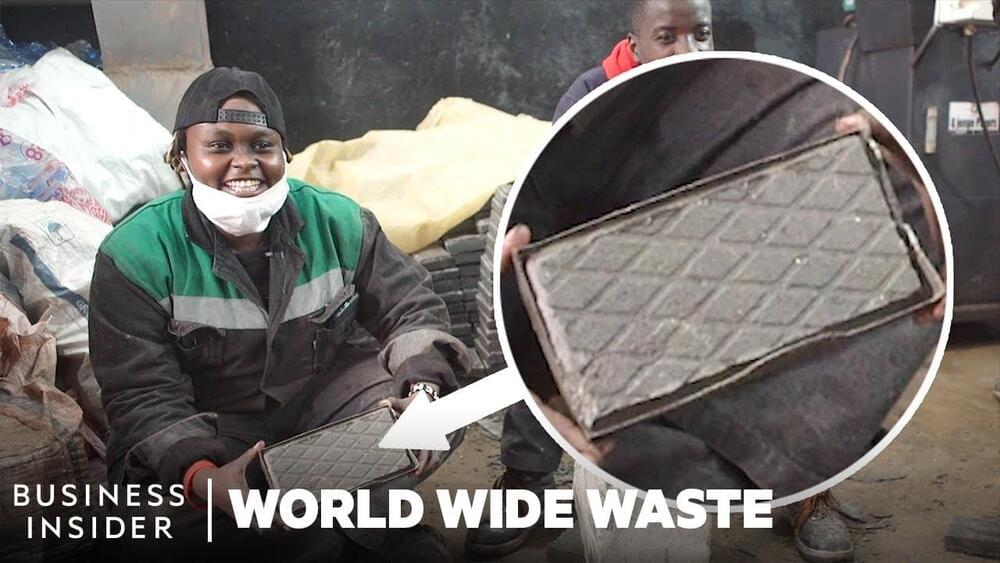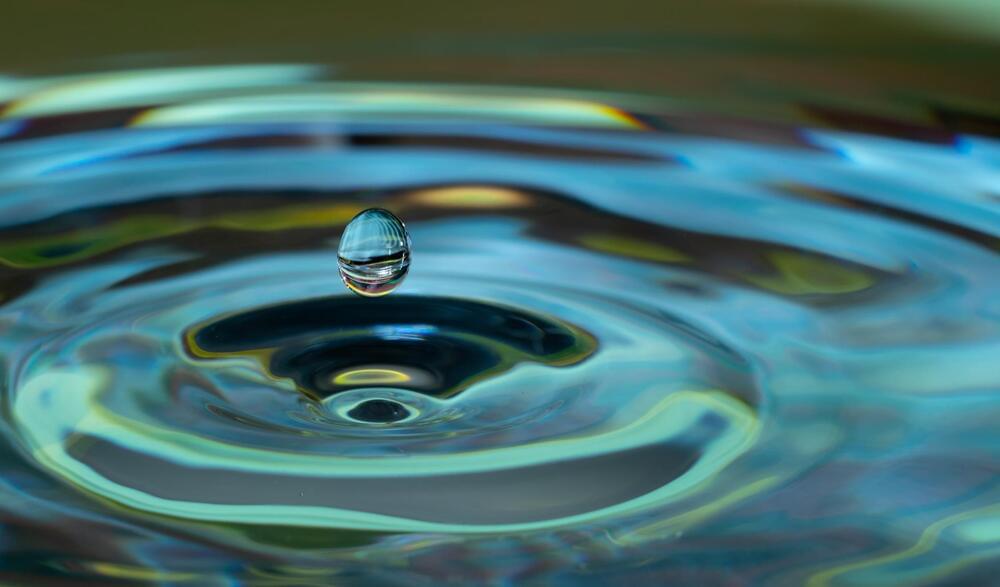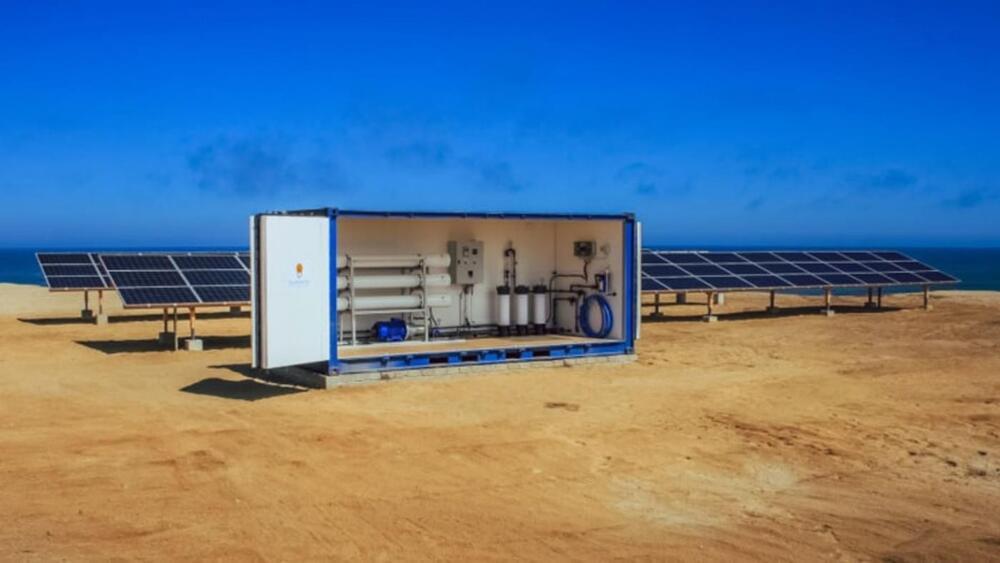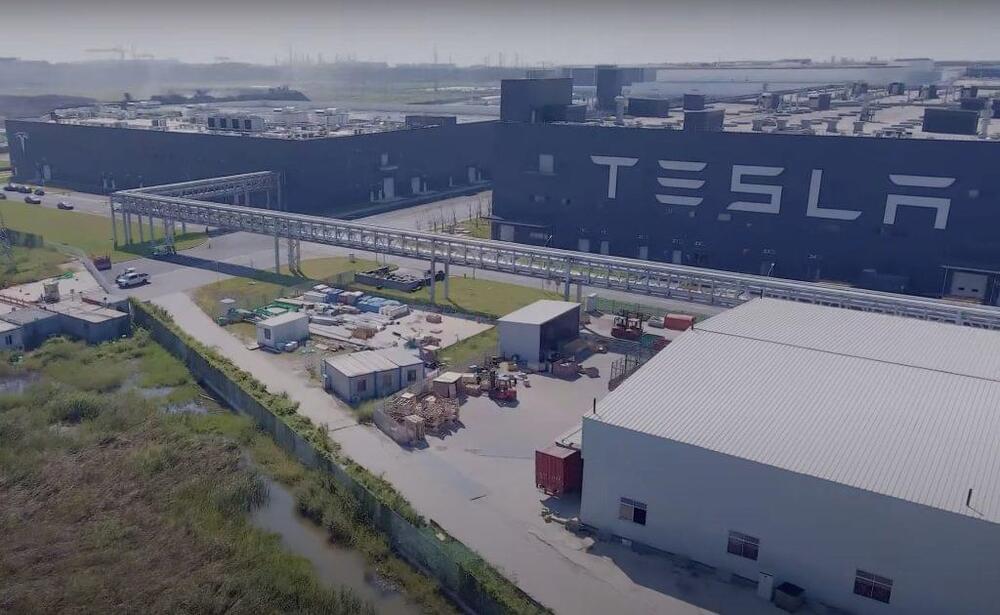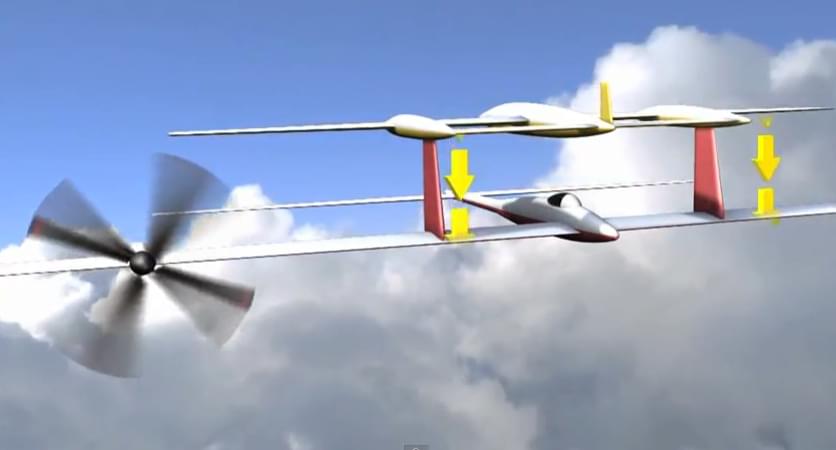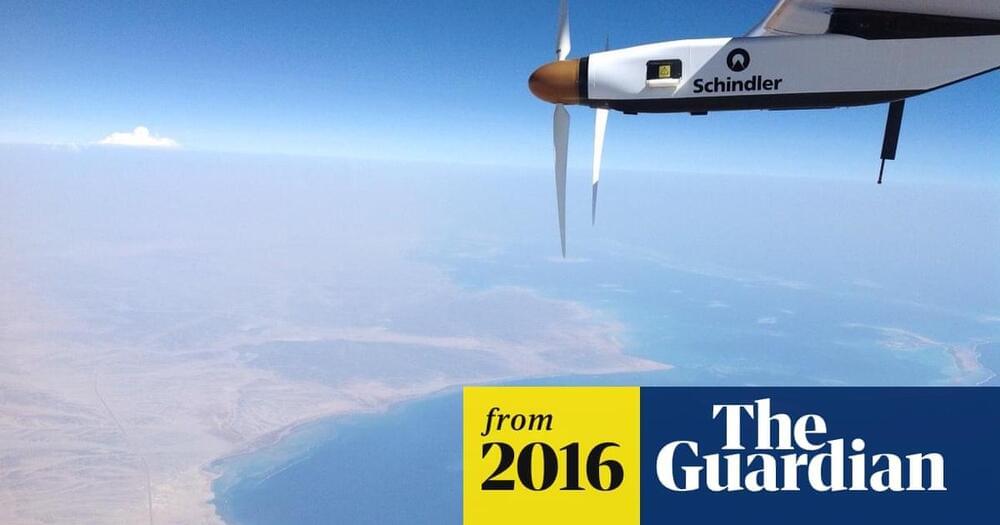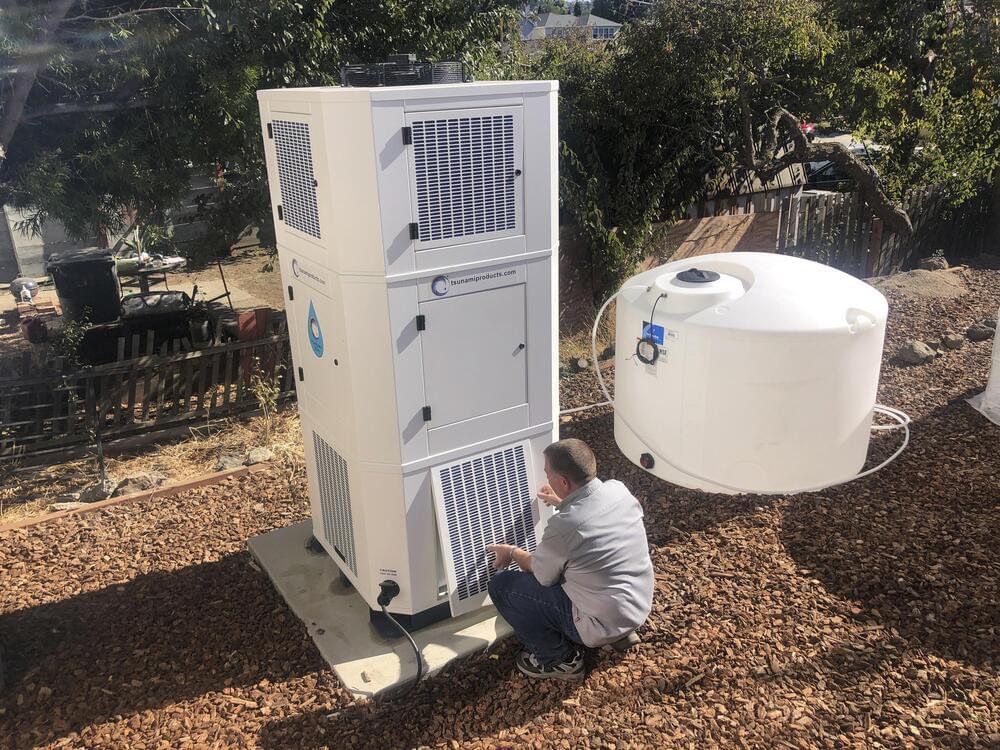Vertical Farming has come a long way since the original series was posted 3 years ago, and there have been many developments that are shaping the future of the industry. Whether it’s large scale plant factories, community urban farms, or even new types of farm, the size of vending machines, and even vertical farms at home, the way we grow is changing.
But it’s not just the way we grow, what we grow is also changing. Vertical Farms are adding new crop types like tomatoes, cucumbers, strawberries and many other types of fruits and vegetables, and this change has happened sooner than the original series projected.
But to really have a significant impact on the global challenges of climate change, food security and water security, we will have to grow energy intensive crops like wheat and rice in vertical farms.
Are we on track to meet this challenge, or is vertical farming struggling to improve its energy efficiency? Is vertical farming closer to changing the world?
Previous video in series: The Future Of Vertical Farming.
https://youtu.be/ESuzrY2abAw.
Is Solar Power The Future Of Energy?
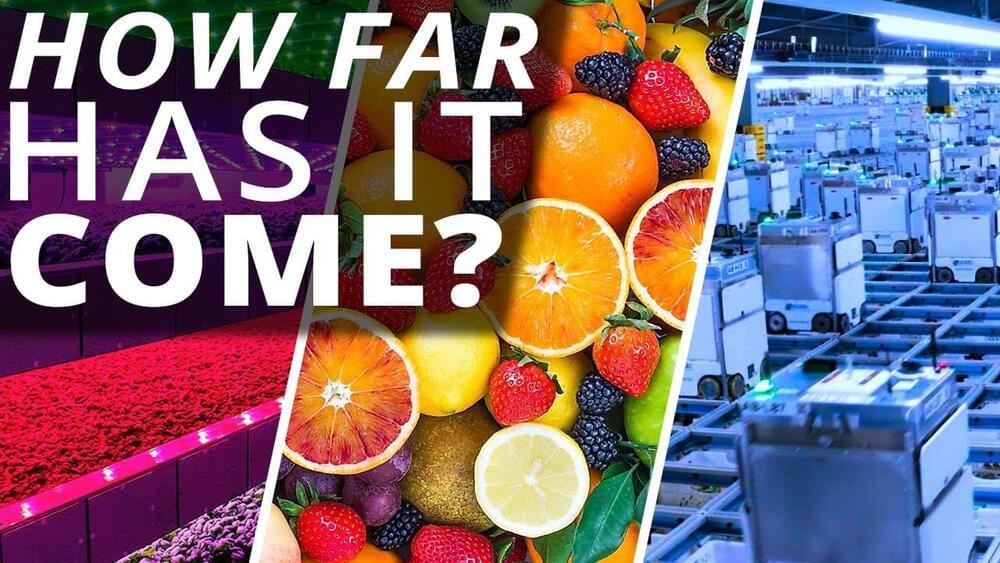
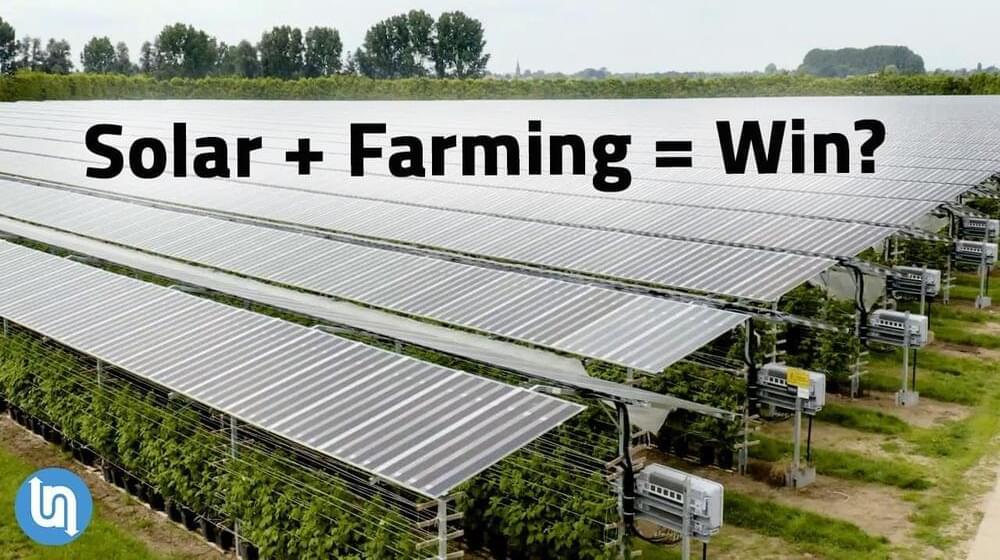
 Support Undecided on Patreon!
Support Undecided on Patreon!